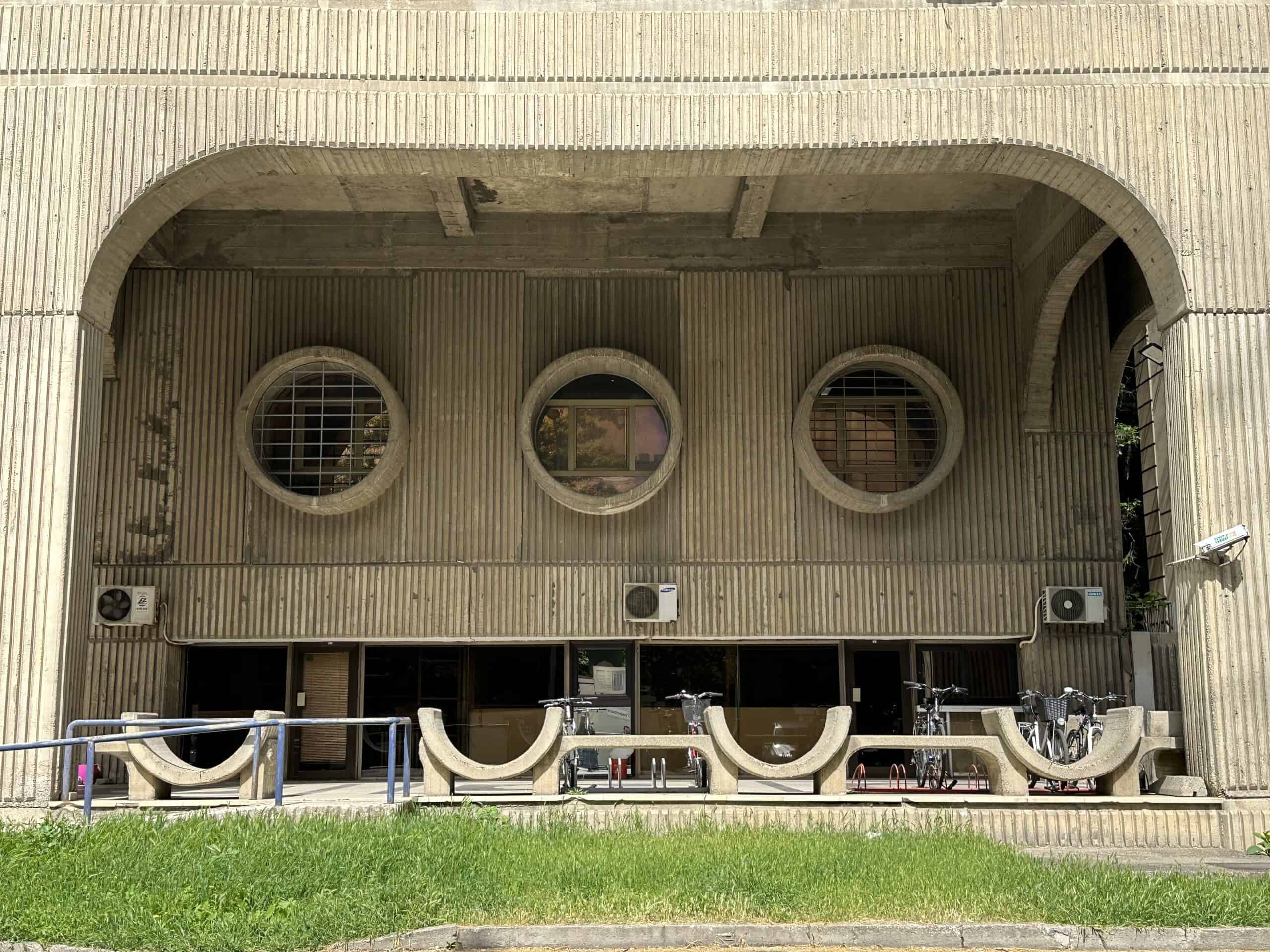
Brutalism is an architectural movement born in the mid-50s, also defined as a subgroup of the modernist current.
Its main feature is that it introduced the aesthetics of exposed raw concrete, also known as béton brut.
Until the mid-1970s, Brutalist architecture was widely used in both the Western and Eastern Blocs, where it was associated with socialist ideology. It was a type of accessible architecture: importance was not given to the aesthetics of the buildings, but to their functionality.
In all the countries of the Balkans there are examples of brutalist and modernist architecture, but the city that boasts the largest number of them is Skopje.
In 1963, 80% of the buildings in Skopje, then Yugoslavia, were razed to the ground by a strong earthquake.
On that occasion, the international community mobilized, giving life to a reconstruction plan in which many countries collaborated.
The symbols of brutalist architecture in Skopje are the Telecommunication Centre, the Central Post Office and the Church of St. Clement in Ohrid.
Telecommunications Center is an integral part of the reconstruction plan and is undoubtedly one of the most important architectural and urban complexes built after the earthquake.
The design process began in 1968, while the construction was completed at the end of 1980, after numerous modifications.
A short distance away is the building that houses the Central Post Office, built in the Brutalist style in 1974.
Another example of brutalist architecture in Skopje is the Church of St. Clement in Ohrid.
Built in 1972, it is the most important and largest place of worship in the city with a capacity of almost 6000 people. The church is built in a round shape and measures a diameter of almost 36 meters.












